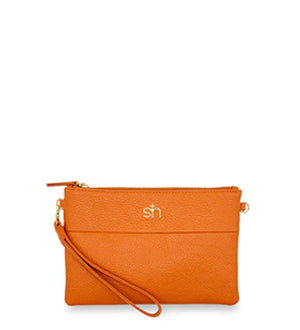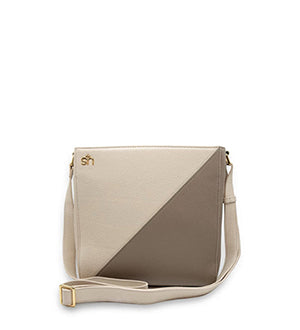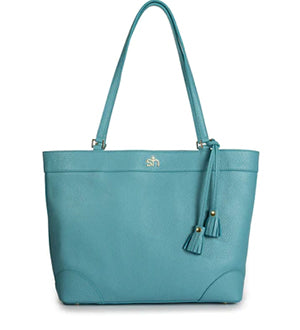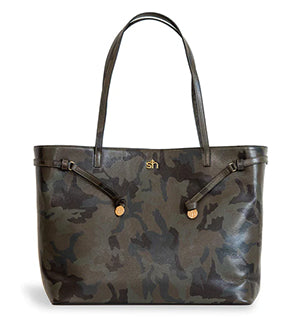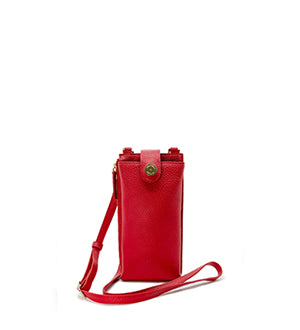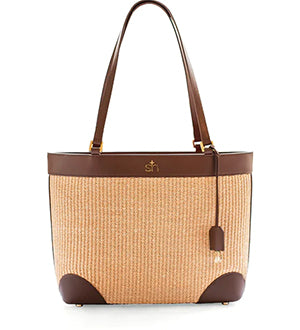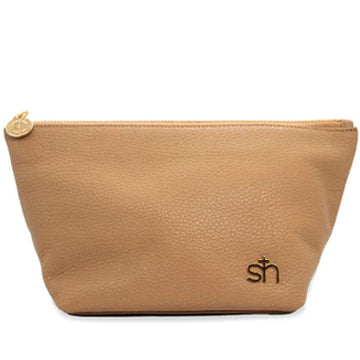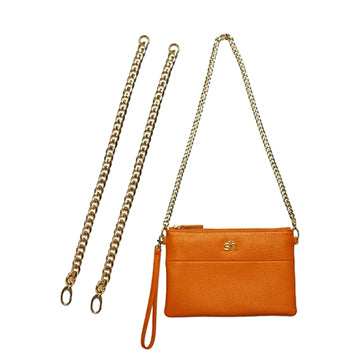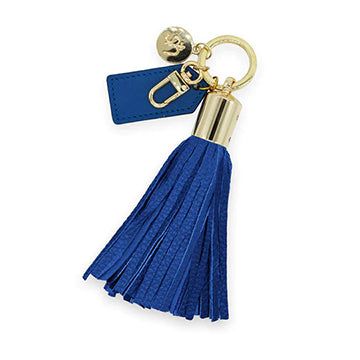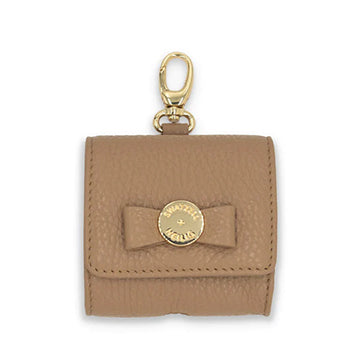Color Coordination: Creating Harmony in Your Accessory Collection

Quick Listen:
Accessories are the final touch that can elevate your outfit from ordinary to extraordinary. However, without proper color coordination, your accessories can overwhelm your look or clash with your clothing, detracting from your overall style. Mastering the art of color coordination in accessories is an essential skill for anyone looking to create a polished, cohesive, and stylish appearance.
This guide will delve into the importance of color coordination, key principles of color theory, and how to use them to build a harmonious accessory collection that complements and enhances your wardrobe. Whether you're a seasoned fashionista or just beginning to explore the world of accessorizing, this article will help you achieve a balanced and sophisticated look.
Understanding Color Theory
Before diving into specific accessory pairing strategies, it's crucial to understand the fundamentals of color theory. Color theory is the foundation of color coordination, and it provides the framework for understanding how colors interact with one another. At its core, color theory is based on the color wheela visual representation of primary, secondary, and tertiary colors arranged in a circular format.
- Primary Colors: Red, blue, and yellow are the building blocks of all other colors.
- Secondary Colors: Orange, green, and purple are formed by mixing two primary colors.
- Tertiary Colors: These are the result of mixing a primary color with a secondary color, such as red-orange or blue-green.
Color theory also categorizes colors into warm and cool hues. Warm colors like red, orange, and yellow evoke energy and passion, while cool colors like blue, green, and purple are calming and serene.
Understanding the relationships between colors will help you make informed choices when selecting accessories to complement your outfits.
The Basics of Color Coordination for Accessories
When it comes to accessories, the goal is to create a harmonious blend of colors that enhances your overall appearance without causing visual chaos. The following basic principles will guide you in selecting the right accessories and achieving balance.
1. Monochromatic Color Scheme
One of the simplest ways to coordinate colors is to stick to a monochromatic color scheme, which involves using different shades, tints, or tones of the same color. For example, pairing a deep navy blue scarf with a lighter blue handbag creates a sophisticated and subtle look. This approach is perfect for those who want a cohesive, minimalist style that still feels polished and intentional.
When building a monochromatic look, it's important to play with texture and material to add dimension. A leather jacket in a similar shade to your wool scarf can create an elegant outfit with a unified color palette.
2. Complementary Colors
Another effective technique is using complementary colorscolors that are opposite one another on the color wheel. Complementary colors, such as red and green or blue and orange, create contrast and make each other stand out. When used in moderation, these colors can create a striking visual effect that draws attention to your accessories without overwhelming the eye.
For example, a vibrant red handbag paired with a green scarf can create a bold, eye-catching look. Be cautious not to overdo it with too many complementary colors, as it can lead to a clashing effect rather than harmony.
3. Analogous Colors
Analogous colors are located next to each other on the color wheel, creating a sense of harmony and unity . This color scheme is less contrasting than complementary colors but still offers depth and visual interest. For instance, combining shades of blue, green, and turquoise in your accessories will give you a tranquil and cohesive look.
Analogous colors work well in everyday wear, as they provide an easy way to coordinate your accessories without appearing too bold. Think of pairing a soft teal bracelet with a mint green clutch or wearing a lavender scarf alongside a pink handbag.
4. Neutral Colors
While bold hues can add flair, neutral colors such as black, white, gray, beige, and metallic tones like gold, silver, and bronze offer flexibility and can act as a base for your accessory collection. Neutral accessories are incredibly versatile and can be paired with virtually any outfit, serving as a balancing element when combining more vibrant colors.
For instance, a black leather handbag can complement a colorful dress, while a silver necklace can enhance a rich jewel-toned blouse. By incorporating neutral colors into your accessory collection, you can create more possibilities for color coordination without sacrificing style.
5. Contrasting Shades
Using contrasting shades, such as pairing light with dark or cool with warm tones, can create a dynamic and exciting look. For instance, combining a mustard yellow handbag with a deep burgundy scarf introduces both warmth and contrast. This approach works well when you want your accessories to stand out but still want to maintain a cohesive feel.
Contrast can also be used to highlight specific accessories. For example, if you're wearing a simple outfit in neutral colors, you can contrast your accessories by choosing one bold, vibrant color for your handbag or shoes, making them the focal point of the ensemble.
Practical Tips for Accessory Coordination
With a basic understanding of color theory and how it applies to your accessories, here are some practical tips for creating harmony and balance in your accessory collection.
1. Start with the Outfit
When choosing accessories, always start with your outfit. The color and style of your clothing should inform your accessory choices. For example, if you're wearing a bold, patterned dress, it's best to choose accessories that are more neutral or complementary to avoid overwhelming the look. On the other hand, if you're wearing a minimalist outfit, you can experiment with more colorful or contrasting accessories to add personality.
2. Use the 60-30-10 Rule
A well-established guideline in color coordination is the 60-30-10 rule. This rule suggests using three different colors in your outfit in a balanced ratio: 60% of the look should be the dominant color (usually the clothing), 30% should be the secondary color (often the accessories), and 10% should be an accent color (a bold pop of color in your accessories).
For example, if you're wearing a neutral outfit (60% neutral), you might pair it with a colorful handbag (30% accent color), and add a statement ring or scarf in a contrasting shade (10% pop of color). This approach creates a visually pleasing and well-proportioned color scheme.
3. Consider the Season
The season plays a significant role in the types of colors that are appropriate for accessories. Warm, earthy tones like brown, mustard, and rust are perfect for fall, while pastel shades and light metallics are ideal for spring. In the summer, bold and vibrant colors like coral and turquoise shine, while winter calls for deeper, more subdued colors like emerald green, burgundy, and charcoal.
By choosing colors that align with the season, you'll create a look that feels fresh and appropriate for the time of year.
4. Match the Tone of Your Accessories
It's important to match the tone of your accessories to your outfit's tone. For instance, a formal outfit requires refined and polished accessories, such as gold or silver jewelry, a leather bag, and a sleek watch. In contrast, a casual outfit allows for more playful and eclectic accessory choices, such as colorful scarves, beads, and fabric bags.
5. Experiment with Textures
While color coordination is key, textures also play an important role in accessory styling. Combining different textures, such as leather, metal, and fabric, can add visual interest without introducing clashing colors. For example, a velvet purse in a deep red can be paired with a metallic gold bracelet for a stylish yet harmonious look.
Create Harmony
Creating harmony in your accessory collection is not just about selecting the right colors but also about understanding how those colors work together to form a unified, stylish look. By embracing the principles of color theorywhether through monochromatic, complementary, or analogous schemesyou can elevate your outfit and express your personal style with confidence.
Remember to start with your outfit, experiment with contrasting and complementary colors, and always be mindful of the season and overall tone of your look. With these tools in hand, you'll have the knowledge to create a cohesive, sophisticated accessory collection that complements your wardrobe and enhances your overall style.
You may also be interested in: Make-up Bag Collection Swatzell + Heilig
Indulge in the craftsmanship of attainable luxury Italian leather. Exclusive designs and impeccable functionality, handcrafted to last a lifetime. Shop the Swatzell + Heilig's fashion collection now!
Powered by flareAI.


